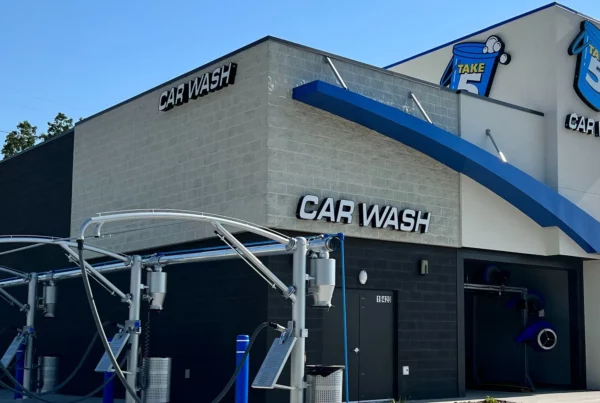2023: A Decision-Making Year

BY SETH GLASSER
3/1/2023
As we move further into 2023, we are getting a better idea of what the remainder of the year will look like for the NYC multifamily market. To figure out what the future holds it’s often helpful to study the past. I’ve assigned a “theme” to each year: 2019 = HSTPA; 2020 = COVID; 2021= revitalized economy; 2022 = rising rates; And 2023 = decision making.
We are fast approaching the four-year anniversary of HSTPA and according to the experts, we’re still years away from it being overturned. The Second Circuit predictably ruled against CHIPs lawsuit against HSTPA. Over the past handful of years our industry has experienced increased compliance, rising rates and national attention. The job is getting harder, not easier. There is 30% more debt maturing in 2023 than 2022. Banks that worked out short term deals with borrowers in 2020 and 2021 will be unwilling or unable to extend the same level of leniency. As we move closer to 2023, a considerable amount of cheap debt is coming due, and interest-only payments are burning off from 2020 and 2021 refinances.
Forecasts for 2024 and 2025 suggest the federal funds rate will remain at levels higher than at any point since 2008! This means if you have debt on your property, you’re likely going to be facing a refinance at a higher interest rate than your current loan. It’s time for the rubber to meet the road.
Let us now turn to the three groups that will bring buildings to the market: The Long-Term Owners, the Value Add Syndicators, and the Institutional Owners.
The Long-Term Owners.
The New York real estate market was built by small private clients. Many investors started out buying multifamily properties 20, 30 or even 40 years ago for pennies. These assets are still owned by the same people or often, their heirs. These assets are typically very low leveraged, if at all. These sellers are well into their golden years. What started out as one owner owning 100% of the asset, morphed into countless people owning a tiny fraction of the building – often we end up dealing with their second and third generation – many of which aren’t even in the real estate business. We find that these owners would prefer to have a lump sum of cash, rather than an insignificant amount of annual distributions. For example, a sale can result in a minority owner cashing out $250,000 rather than annual distributions of $10,000. These owners cannot keep up with the compliance and regulatory environment and whether they sold for $10 million in 2016 or $6 million in 2023 does not impact their decision – they are coming out ahead.
Value Add Syndicator
Prior to HSTPA operators would buy a building using only a small percentage of their own money and raise capital in the hopes of adding value and reselling as quickly as possible. Their business model was built on an acquisition fee, asset management fee and lastly a promote structure upon a sale. The latter is where the big payday lies. These business models came crumbling down after the passing of HSTPA and the current lending environment. Rent regulated buildings are worth considerably less than what people paid for them. With no end in sight for values to rebound to a level where a promote could be earned by the operating partner, they are stuck managing a building that makes no money and will never generate a promote. In addition, they’ll likely have debt coming due that’s more expensive than their current loan. If they refinance it will be at a higher rate and they’ll likely have to write a check to close. So far, the equity and the operators are aligned and have not been willing to put good money after bad. So why own it? The syndicators will bring more buildings to market in 2023 than they did in 2022.
Institutional Owner
Institutions are in a unique position because they’re often lower leveraged, well capitalized, and able to take their equity to other markets and product types across the country. If an institution sells a portfolio for a loss, that might only be small fraction of that fund’s national allocation. While they may lose in New York, they might be winning somewhere else. Funds have life cycles and must be closed even if the results aren’t ideal. They also might opt to take their equity and deploy it somewhere else where they project more growth. Prior to HSTPA institutions earmarked purchases to be put into a “value add bucket.” But, with the passing of HSTPA that money is now in the wrong bucket: core, not value add. These assets will be sold so the equity can be correctly allocated in the proper bucket.
Each of these three types of sellers has a different perspective on the market and their investments. They have their own personal agendas, tax consequences and future opportunities to consider. Activity in Q1 is up significantly since Q4 2022 so we expect the middle and back half of this year to be loaded with contract signings and closings.
Stay tuned for Part II of this article which will focus on real-time examples of recent transactions.
Seth Glasser
Senior Vice President of Investments
Marcus & Millichap / NYM Group
seth.glasser@marcusmillichap.com
(212) 430-5136
Listen To The Podcast
2022 Q4 New York Multifamily Market and Policy Update with Jay Martin and Christina Smyth
facebook LinkedIn Instagram Twitter




